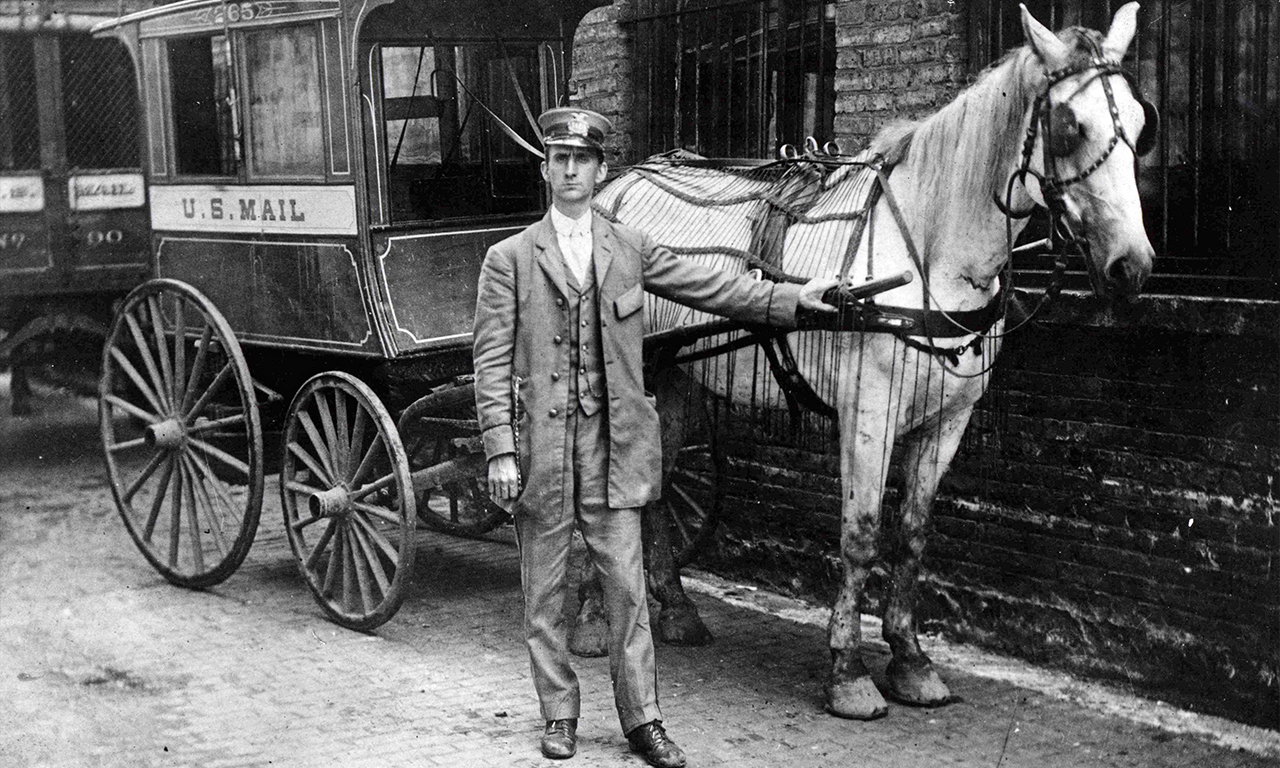For thousands of years, transportation has been an integral part of society often coinciding with improvements to economic development. Whereas delivery on horseback or on-foot were the main means of delivery in the past, inventions such as the automobile has made the delivery process much more efficient allowing orders to be fulfilled within days. Even still, there are start-ups trying to revolutionize the courier industry by incorporating computerized software into its services.
Courier Services in the Early Days
The earliest records of goods being transported can be traced back during the times of Ancient Egypt where couriers had to be dispatched to deliver documents carved into stone. Ancient Egyptians also had to transport building materials used to build pyramids. In Ancient Greece, courier messengers were not only used to deliver items but also to announce great victories to the public. Pheidippides, a Greek messenger who participate in the Battle of Marathon, ran 26 miles to Athens to deliver news of their victory but died due to exhaustion. This story eventually helped inspire the Olympic marathon race.
As the human labor required to deliver these goods took its toll, people sought alternative means of transportation in the form of animals. Delivery animals include camels, horses, carrier pigeons, dogs, and even rabbits.
*Fun Fact: The term courier comes from the latin word currere meaning to run. Foot messengers often had to run far distances in order to deliver the goods.
Modern Courier Service
With the coming of the Industrial Revolution which spurred inventions like the railroad and steamboat, it was now possible to make deliveries across the US in a short period of time. Wells Fargo did just that. Formed in 1852, it became the first of its kind to provide package delivery services to its customers by moving gold and other items to newly expanded territories. However, it wasn’t until the early 20th century that automobiles became the standard for delivery transportation.
Much of today’s courier business practices can be attributed to US entrepreneur Jim Casey who started a messenger service in the city of Seattle in 1907. With only $100 in hand, he transformed a little-known startup into one of the biggest package delivery companies in the world – UPS. The company soon began to offer daily pick-ups and stream-lined documentation. UPS helped popularize the use of motor vehicles to deliver packages & items to their customers. Seeing the profitability of the business, FedEx and DHL Express soon followed suit and are now main competitors to UPS.
Today, many start-ups are entering the courier industry while also offering their own unique services. Improvements to transportation and computerized software have made it easier to send items. Senpex, for example, is revolutionizing the delivery industry by incorporating AI-based software into its delivery process making it much easier to schedule/request deliveries. As online retailers grow in prominence, courier companies will continue to diversify its operations and offer different types of services to meet the ever-growing needs of its customers.
#delivery #courier #driver #bayarea #siliconvalley #packaging #deliveryservice #senpex #courierservice #b2b #sales #logistics #procurement

 United States
United States Canada
Canada
